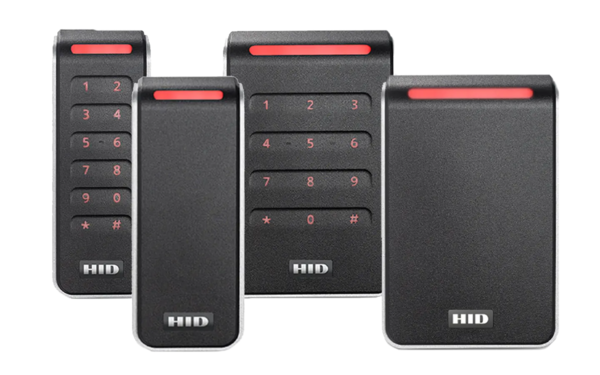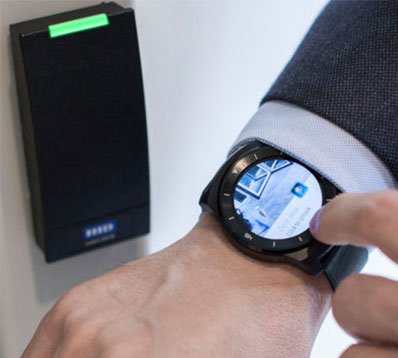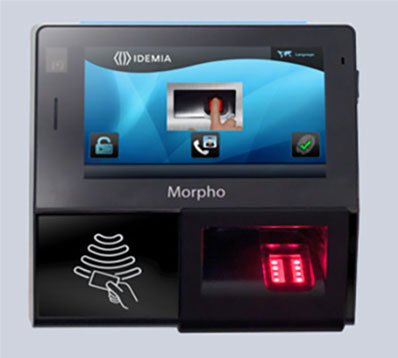Access control systems are used to limit who has access to particular locations or information. A few advantages of using access control systems are listed below:
Enhanced Security: Access control systems provide a higher level of security by restricting access to unauthorized individuals. This ensures that only authorized personnel have access to sensitive areas, information, or equipment.
Flexibility: Access control systems are flexible and can be customized to meet the specific needs of an organization. This includes the ability to restrict access to certain areas at certain times of the day, and granting temporary access to visitors or contractors.
Convenience: Access control systems eliminate the need for traditional keys or locks, making it easier for authorized personnel to gain entry into secure areas. This is particularly useful in situations where multiple people need access to the same area, as access can be granted and revoked quickly and easily.
Audit Trails: Access control systems provide an audit trail of who has accessed a particular area or information, and at what time. This can be useful for security purposes, as well as for compliance with regulations and legal requirements.
Cost-Effective: Access control systems can be cost-effective in the long run, as they eliminate the need for re-keying or changing locks when an employee or key holder leaves the organization.
Overall, access control systems provide a higher level of security and flexibility while increasing convenience and providing audit trails for tracking purposes. We are the authorized distributors of top access control machines in Dubai.
If you do not want to use a key to get in to your home we can install a single or multiple door access control system that could not only be set up to open the door, but also to disarm your security system, turn on selected lights within the home, turn on air conditioning or heating and any other function you may require. ID Vision is a one-stop shop for the design, installation, commissioning and maintenance of access control systems. Whether you require a new system or your existing system requires attention we offer a full range of services. We sell and install door access control solutions for Dubai business offices, government agencies, retail outlets, factories, warehouses, and other facilities as a UAE card access system specialist.
For a variety of uses, IDVision Dubai provides and installs access control systems, assisting you in maintaining the safety of your property and place of business. Keyless entry and access by people or vehicles tracking are two features of access control systems. Access Systems include keycode access control, swipe cards, finger scans, proximity card readers, and wireless remote controls. We can ensure you obtain the best pricing on the most reliable door access control system in Dubai, whether you need a one-time installation or expert and long-term asset management or tech support.









